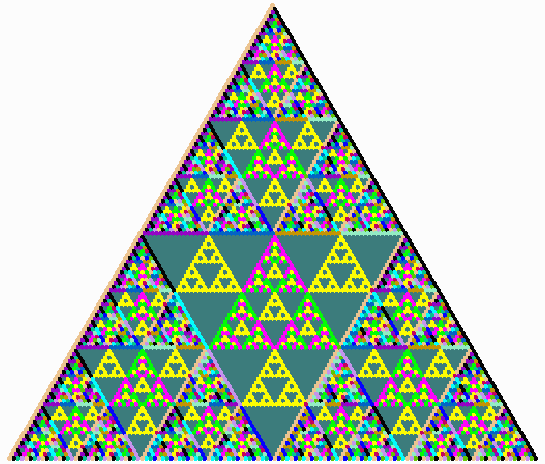
With a Twist
by Kathleen M. Shannon and Michael J. Bardzell
With Applets by Andrew Nagel
Department of Mathematics and Computer Science
Salisbury University
Salisbury, MD 21801

 |
With a Twist by Kathleen M. Shannon and Michael J. Bardzell With Applets by Andrew Nagel Department of Mathematics and Computer Science Salisbury University Salisbury, MD 21801 |
 |

![]() Section 0: What is Pascal's Triangle
Section 0: What is Pascal's Triangle
![]() Section 1: What is the twist? and
How about the Patterns?
Section 1: What is the twist? and
How about the Patterns?
![]() Section 2: Another twist and
More Patterns?
Section 2: Another twist and
More Patterns?
![]() Section 3: What about the way humans perceive patterns?
Section 3: What about the way humans perceive patterns?
![]() Section 4: Some extensions beyond the triangle
Section 4: Some extensions beyond the triangle
Print Works Cited and Web References